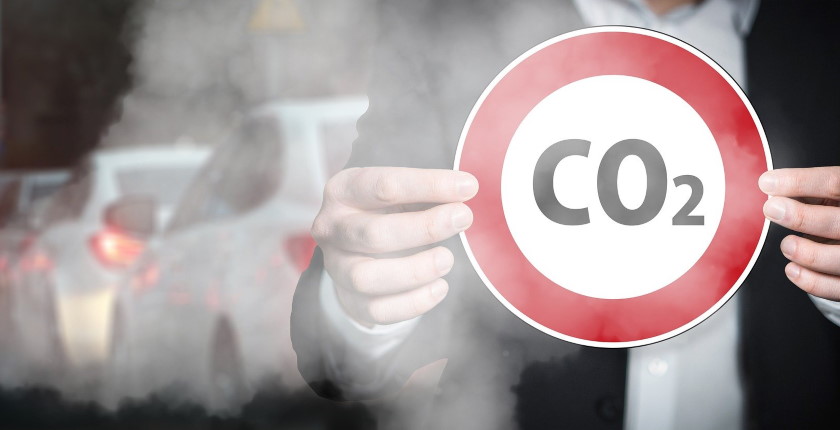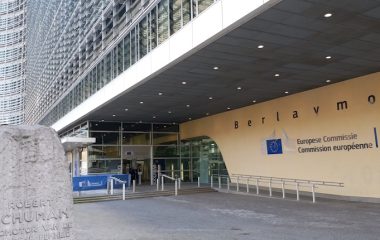
Photo: Pixabay
Carbon dioxide continued to accumulate even though lockdowns and restrictions of movement considerably reduced emissions. The impact of the coronavirus may slow growth in concentrations of CO2 in the atmosphere just marginally as sustained and ambitious climate action is necessary to weaken global warming.
The industrial slowdown due to the COVID-19 pandemic has not curbed record levels of greenhouse gases in the atmosphere such as carbon dioxide (CO2), which trap heat, according to the World Meteorological Organization – WMO. Global warming brings extreme weather, the rise in sea levels, ocean acidification and the melting of polar ice.
The lockdown has cut emissions of many pollutants and harmful gases. However, any impact on cumulative CO2 concentrations is no bigger than the normal year-to-year fluctuations in the carbon cycle and the high natural variability in carbon sinks like vegetation, data showed.
Carbon dioxide levels saw another growth spurt last year past 410 parts per million on average, according to the WMO Greenhouse Gas Bulletin, and the trend continued.
Fastest CO2 increase rate in history
“Carbon dioxide remains in the atmosphere for centuries and in the ocean for even longer. The last time the Earth experienced a comparable concentration of CO2 was three to five million years ago, when the temperature was two to three degrees Celsius warmer and sea level was 10-20 meters higher than now. But there weren’t 7.7 billion inhabitants. We breached the global threshold of 400 parts per million in 2015. And just four years later, we crossed 410 ppm. Such a rate of increase has never been seen in the history of our records. The lockdown-related fall in emissions is just a tiny blip on the long-term graph. We need a sustained flattening of the curve,” said WMO Secretary-General Petteri Taalas.
Taalas: The lockdown-related fall in emissions is just a tiny blip on the long-term graph of the presence of CO2 in the atmosphere
However, in his words, the coronavirus provided a path for more sustained and ambitious climate action to reduce emissions to net zero through a complete transformation of industrial, energy and transport systems.
Drop in emissions only slowed growth in carbon dioxide concentrations
The Global Carbon Project estimated that during the most intense period of the shutdown, daily CO2 emissions may have been reduced by up to 17% globally due to the confinement of the population. Preliminary estimates indicate a reduction in annual emissions between 4.2% and 7.5%.
At the global scale, such a drop in emissions will not cause atmospheric CO2 to go down, WMO stressed and added it may only rise by up to 0.23 parts per million less than last year, compared to the natural variability of one part per million.
Several other gases are presented in the bulletin including methane and nitrous oxides.


















Be the first one to comment on this article.